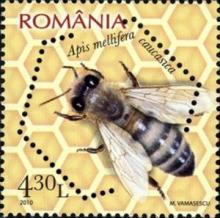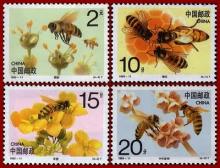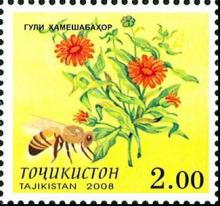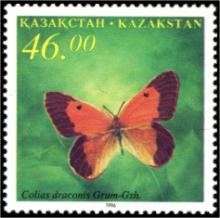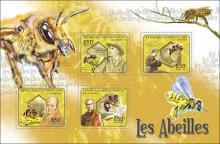Vicky KINDEMBA. L’impact des insecticides néonicotinoïdes sur Les bourdons, les abeilles mellifères et les autres invertébrés non cibles. Traduction Christian Pacteau
Présentation, Christian Pacteau.
Vicky KINDEMBA, pour le compte de Buglife, The Invertebrate Conservation Trust soutenu par Bumblebee Conservation Trust, Edimburg Entomological Club, Soil Association, The Grassland Trust, Plantlife et Pesticides Action Network, a réalisé une vaste méta-analyse de l'état des connaissances en matière d'effets létaux et sublétaux sur les abeilles et les autres invertébrés des insecticides systémiques néonicotinoïdes et des phénylpyrazoles. Cela lui a permis de se rendre compte que le "Rapport d'Evaluation Préliminaire" (DAR) fourni par la firme productrice du pesticide en vue d'obtenir l'AMM, (Autoristaion de Mise sur le Marché) opérait un "tri", entre les recherches témoignant de l'innocuité de la substance, et celles émettant des doutes. Elle a également pu montrer que les recherches indépendantes conduisent des recherches plus approfondies en contradiction avec celles du DAR.



